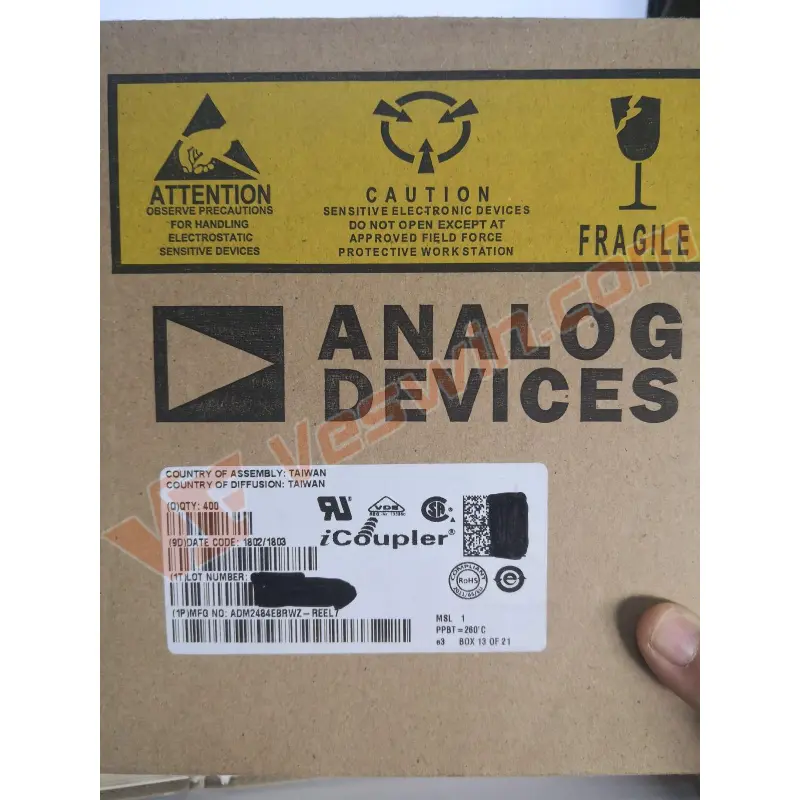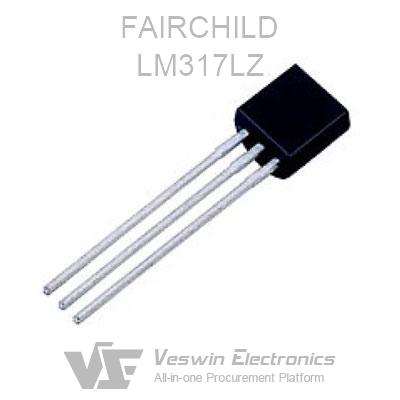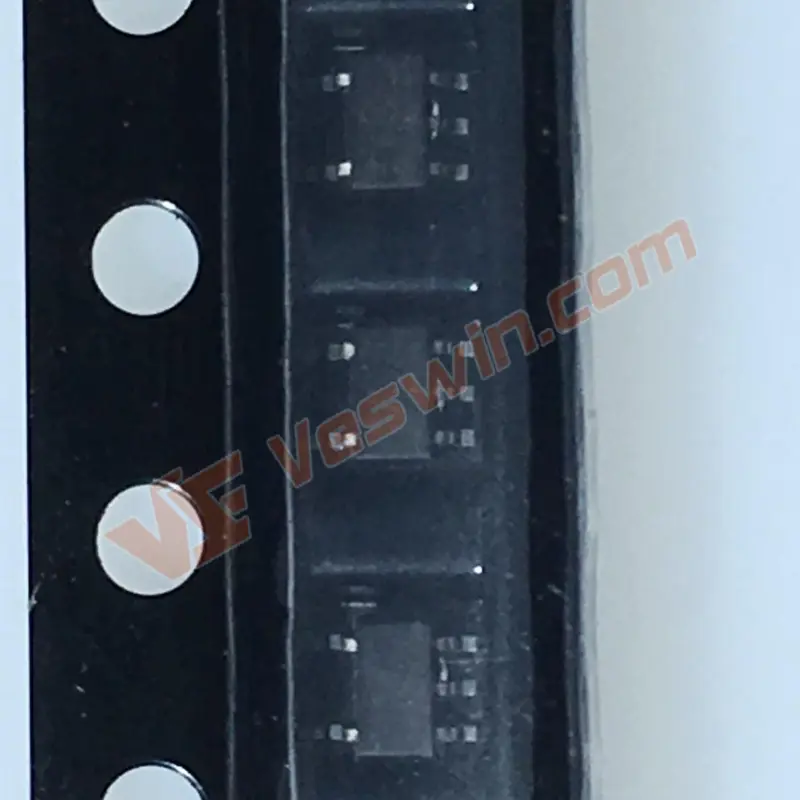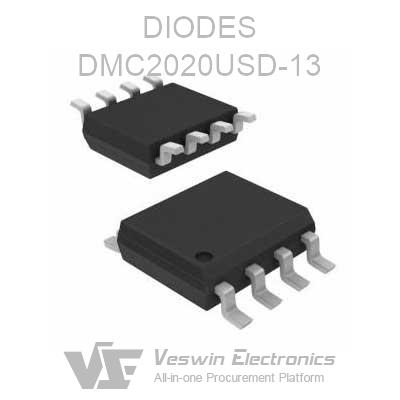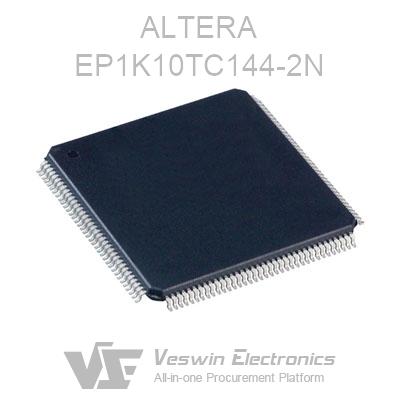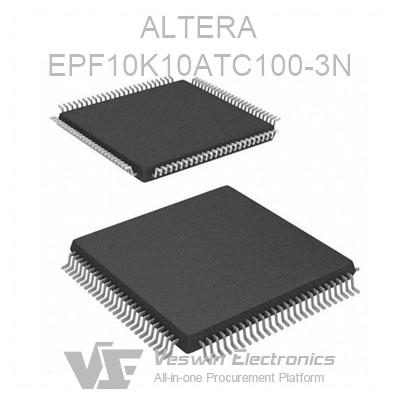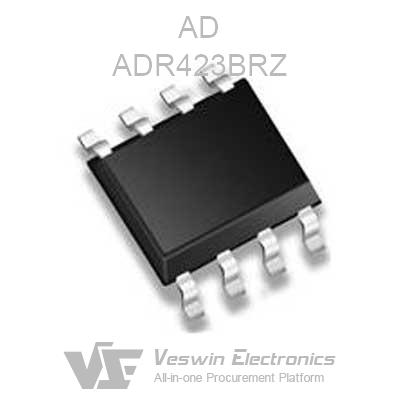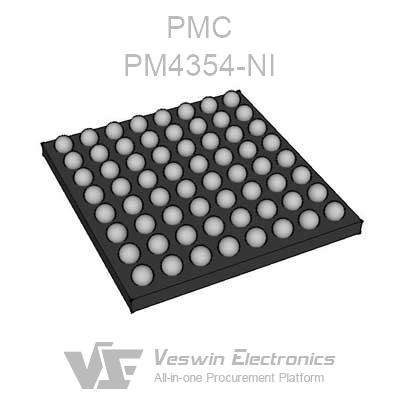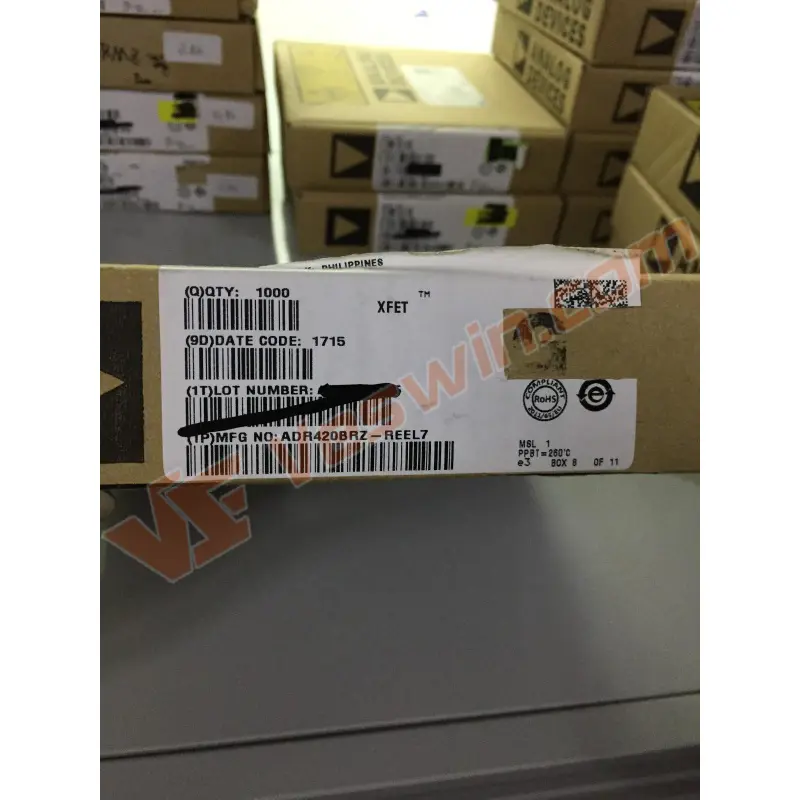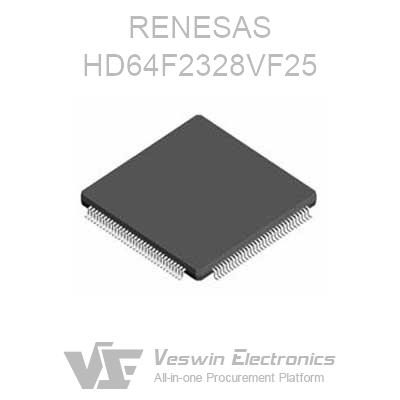What are the common high-precision displacement sensors, high-precision displacement sensor introduction, and high-precision displacement sensor types? Next, I will introduce several aspects of the introduction, type, and high-precision product characteristics parameters.
The high-precision displacement sensor is also called a high-precision linear sensor. It is divided into inductive high precision displacement linear sensor, capacitive high precision displacement sensor, photoelectric high precision displacement sensor, ultrasonic high precision displacement sensor, and Hall types high precision displacement sensor.
An inductive high-precision displacement sensor is a kind of linear device belonging to metal induction. When the power is connected, an alternating magnetic field will be generated at the induction surface of the switch. When the metal object approaches this induction surface, eddy currents will be generated in the metal. The oscillator's energy will be absorbed so that the output amplitude of the oscillator will be linearly decayed. Then the purpose of contactless detection of the object will be accomplished according to the change of the decay amount.
Linear high-precision displacement sensor and angular high-precision displacement sensor
a.Metal film high precision displacement transducer.
b.Conductive high precision displacement sensor.
c.Photoelectric type high-precision displacement sensor.
d.Magnetic type high precision displacement sensor.
e.Metallic glass uranium sensor.
f.Wire-wound type high-precision displacement transducer.
g.Potentiometer high precision displacement sensor.
1.Mechanical type.
2.Proximity type capacitive type, eddy current type, Hall effect type, photoelectric type, pyroelectric type, Doppler type, electromagnetic induction type, microwave type, ultrasonic type.
3.Rotational type generally has a photoelectric type.
4.Doppler type.
5.Level type, balance float type, differential pressure capacitor type, conductive type, ultrasonic type, radiating type.
6.Flow and flow type electromagnetic type, eddy current type, ultrasonic type, thermal conductivity type, laser type, fiber optic type, float type, turbine type, space filter type.
7.Laser displacement type.
High-precision nominal resistance value: the high precision resistance value indicated on the potentiometer.
Repetition accuracy: The smaller this parameter is, the better it is.
High-precision resolution: The minimum displacement value that the high-precision displacement sensor can feedback. The smaller this parameter is, the better the resolution of the conductive plastic high-precision displacement sensor is tiny.
High precision linearity: table linearity error. The smaller this parameter, the better.
The function of the linear displacement transducer is to convert the linear mechanical displacement into an electrical signal. To achieve this effect, the variable resistance slide is usually positioned in the fixed part of the sensor through the displacement of the slide on the slide to measure the different resistance values. Linear displacement transducers are divided into the tie-rod electronic ruler, slider displacement transducer, miniature tie-rod displacement transducer, miniature self-resetting displacement sensing, and miniature circular, linear displacement transducer according to the application range. Their working principle is the same, but they are distinguished due to different installation methods, installation space, and accuracy.
The pull rope displacement sensor is called pull rope sensor, pull electronic rope scale, and pull rope encoder. The signal output method of the pull rope displacement sensor is divided into digital signal output and analog signal output. Digital output type can choose incremental rotary encoder, absolute encoder, etc. The output signal is a square wave ABZ signal or Gray code signal. The maximum stroke can be 15000mm, linear accuracy is 0.01%, and the resolution can reach 0.001mm/pulse at most, according to different configurations.
High precision pulls rope displacement sensor is especially suitable for linear guide system, hydraulic cylinder system, testing machine, telescopic system (forklift, press, lift, pipe bender, bending machine, etc.), crane or cable winch, reservoir dam protection system, gate opening control system, testing machine pressure machinery, hydraulic universal experiment machinery, storage position positioning, pressure machinery, paper making machinery, textile machinery, sheet metal machinery, Packaging machinery, printing machinery, level controller, construction machinery, level controller, construction machinery, industrial robot, injection machine, woodworking machinery, elevator, air compressor / hydraulic press, height machine, X-Y axis and other length displacement and other related dimensional measurement and position control, especially suitable for electro-hydraulic servo hydraulic universal testing machine control.
The angle displacement sensor converts the angle's measurement into other physical quantities. It adopts a non-contact patented design, compared with other traditional angular displacement measuring instruments such as synchronous analyzer and potentiometer, and it effectively improves long-term reliability. The sensor uses a specially shaped rotor and wire-wound coil to simulate the linear displacement of a linear variable differential transducer (LVDT) with high reliability and performance. The rotational motion of the rotor shaft produces a linear output signal that moves ±60 (120 total) degrees around a factory preset zero position. The phase of this output signal indicates the direction of displacement away from the zero position. The non-contact electromagnetic coupling of the rotor makes the product have infinite resolution. The absolute measurement accuracy can reach a few degrees of zero.
LVDT (Linear Variable Differential Transformer) is the Linear Variable Differential Transformer abbreviation. It is a common electromechanical sensor that can convert the linear motion of the object it couples in a mechanical way into the corresponding electrical signal.
The active element of the LVDT is a core of a magnetic conductive material that moves freely in the axial direction inside the hollow bore of the coil and is mechanically coupled to the object at the position to be measured. The bore is usually large enough to provide a large radial clearance between the core and the bore so that no physical contact is made between it and the coil. During operation, the primary winding of the LVDT is energized by an alternating current of appropriate amplitude and frequency, a process known as primary excitation, and the electrical output signal of the LVDT is a differential AC voltage between the two secondary windings that varies with the axial position of the core within the LVDT coil. Usually, this AC output voltage is converted to a more user-friendly high-level DC voltage or current by an appropriate electronic circuit.
The detection mechanism of the magnetostrictive linear displacement/level sensor is based on the Weidmann effect between the magnetostrictive waveguide wire, the core detection element of the sensor, and the vernier magnetic ring. The detection mechanism of the magnetostrictive linear displacement/level sensor is based on the Weidmann effect between the core detection element of the sensor, the magnetostrictive waveguide filament, and the vernier ring.
Magnetostrictive displacement (level) sensors use the magnetostrictive principle to accurately measure position by intersecting two different magnetic fields to generate a strain pulse signal. The measuring element is a waveguide with a sensitive element made of special magnetostrictive material. The measurement process is performed by generating a current pulse in the electronics chamber of the sensor, which is transmitted inside the waveguide, thus generating a circumferential magnetic field outside the waveguide. This strain mechanical wave pulse signal is transmitted at a fixed speed of sound and is quickly detected by the electronic chamber.
A laser displacement sensor is a sensor that uses laser technology for measurement. It consists of a laser, laser detector, and measurement circuit. A laser sensor is a new type of measurement instrument. It can accurately measure the position, displacement, and other changes of the measured object without contact.
It can measure displacement, thickness, vibration, distance, diameter, and other precise geometric measurements. The laser has the excellent characteristic of good straightness. Also, the laser displacement sensor has higher accuracy than the ultrasonic sensor we know. However, the laser generation device is relatively complex and large, so it will be more demanding for the application range of the laser displacement sensors.
Hot News
